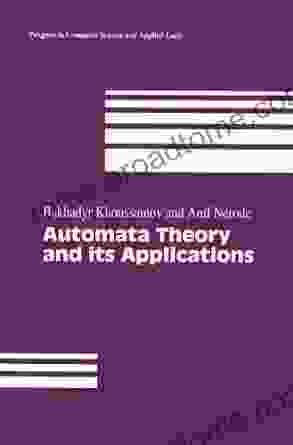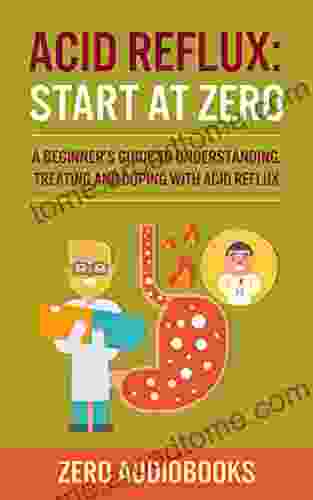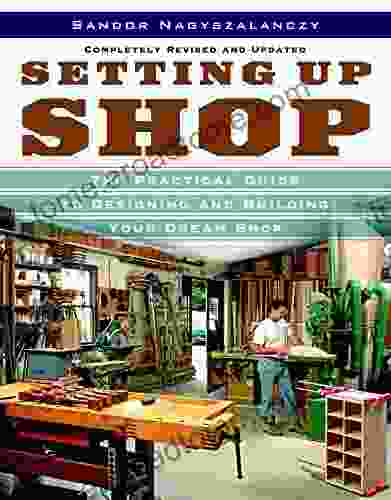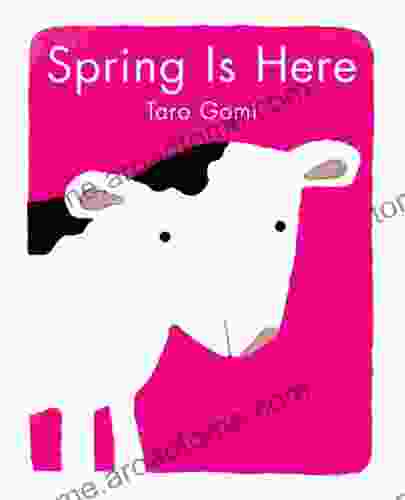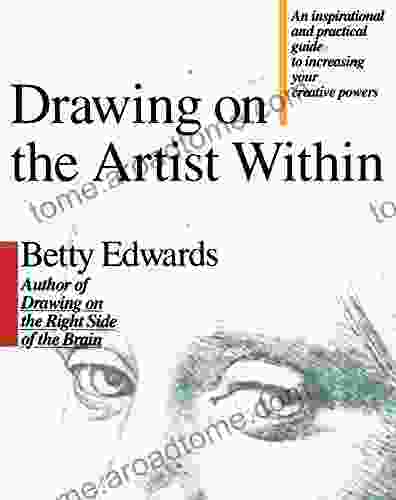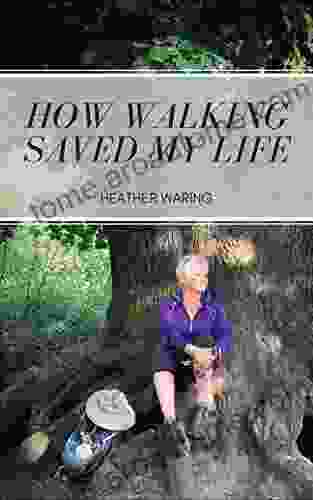Automata Theory and Its Applications: A Journey into the World of Computing

Automata theory is a branch of computer science that studies abstract machines and their ability to perform computations. These machines, known as automata, are mathematical models that represent the behavior of real-world systems, such as computers, communication networks, and biological organisms.
The study of automata theory has a long and rich history, dating back to the early days of computing. In the 1940s, mathematicians and engineers began to develop formal models of computation in Free Download to understand the limits of what computers could and could not do. These models included finite automata, pushdown automata, and Turing machines.
Over the years, automata theory has evolved into a powerful tool for understanding a wide range of problems in computer science. It is used to design efficient algorithms, analyze the complexity of computations, and verify the correctness of hardware and software systems. Automata theory also has applications in other fields, such as linguistics, biology, and artificial intelligence.
4 out of 5
| Language | : | English |
| File size | : | 4411 KB |
| Text-to-Speech | : | Enabled |
| Screen Reader | : | Supported |
| Print length | : | 452 pages |
In this comprehensive guide, we will explore the fascinating world of automata theory and its applications. We will start with the basics of finite automata and work our way up to more advanced topics, such as Turing machines and computational complexity. Along the way, we will see how automata theory is used to solve a variety of real-world problems.
A finite automaton is a mathematical model of a simple computing device. It consists of a finite set of states, a finite set of input symbols, and a transition function that specifies how the automaton moves from one state to another when it reads an input symbol.
Finite automata are used to recognize regular languages, which are sets of strings that can be generated by a finite automaton. Regular languages are important in many applications, such as text processing, pattern recognition, and compiler design.
A pushdown automaton is a more powerful type of automaton than a finite automaton. It has a stack, which is a memory device that can store an unlimited number of symbols. This allows the pushdown automaton to recognize context-free languages, which are sets of strings that can be generated by a context-free grammar.
Context-free languages are important in many applications, such as programming languages, natural language processing, and artificial intelligence.
A Turing machine is the most powerful type of automaton. It has an infinite tape, which is a memory device that can store an unlimited number of symbols. This allows the Turing machine to compute any function that can be computed by a computer.
Turing machines are used to study the limits of computation. They are also used to design new algorithms and to analyze the complexity of existing algorithms.
Automata theory has a wide range of applications in computer science and beyond. Some of the most important applications include:
- Algorithm design: Automata theory can be used to design efficient algorithms for solving a variety of problems. For example, the greedy algorithm for finding the shortest path in a graph is based on the theory of finite automata.
- Analysis of computational complexity: Automata theory can be used to analyze the complexity of computations. This is important for understanding the limits of what computers can and cannot do.
- Verification of hardware and software systems: Automata theory can be used to verify the correctness of hardware and software systems. This is important for ensuring that systems are reliable and safe.
- Natural language processing: Automata theory can be used to develop natural language processing systems, which can understand and generate human language.
- Artificial intelligence: Automata theory can be used to develop artificial intelligence systems, which can learn from data and make decisions.
Automata theory is a fascinating and powerful tool for understanding a wide range of problems in computer science and beyond. It is used to design efficient algorithms, analyze the complexity of computations, and verify the correctness of hardware and software systems. Automata theory also has applications in other fields, such as linguistics, biology, and artificial intelligence.
This guide has provided a comprehensive overview of automata theory and its applications. We have explored the different types of automata, from finite automata to Turing machines, and we have seen how automata theory is used to solve a variety of real-world problems.
If you are interested in learning more about automata theory, there are many resources available online and in libraries. There are also many courses and workshops that can teach you the basics of automata theory.
With a solid understanding of automata theory, you will be well-equipped to solve a wide range of problems in computer science and beyond.
4 out of 5
| Language | : | English |
| File size | : | 4411 KB |
| Text-to-Speech | : | Enabled |
| Screen Reader | : | Supported |
| Print length | : | 452 pages |
Do you want to contribute by writing guest posts on this blog?
Please contact us and send us a resume of previous articles that you have written.
 Book
Book Novel
Novel Page
Page Chapter
Chapter Text
Text Story
Story Genre
Genre Reader
Reader Library
Library Paperback
Paperback E-book
E-book Magazine
Magazine Newspaper
Newspaper Paragraph
Paragraph Sentence
Sentence Bookmark
Bookmark Shelf
Shelf Glossary
Glossary Bibliography
Bibliography Foreword
Foreword Preface
Preface Synopsis
Synopsis Annotation
Annotation Footnote
Footnote Manuscript
Manuscript Scroll
Scroll Codex
Codex Tome
Tome Bestseller
Bestseller Classics
Classics Library card
Library card Narrative
Narrative Biography
Biography Autobiography
Autobiography Memoir
Memoir Reference
Reference Encyclopedia
Encyclopedia Brie Wetherby
Brie Wetherby Luigi Harbin
Luigi Harbin Bertrand Dupouy
Bertrand Dupouy Jacob Kalff
Jacob Kalff Betty Edwards
Betty Edwards Barry Keith Grant
Barry Keith Grant Ben Long
Ben Long Benjamin Di Marco
Benjamin Di Marco David C Martin
David C Martin Geoffrey Budworth
Geoffrey Budworth Baron Wolman
Baron Wolman Kate Leaver
Kate Leaver Barbara Frye
Barbara Frye Bernd Heinrich
Bernd Heinrich P R Wilkinson
P R Wilkinson Laurie G Kirszner
Laurie G Kirszner Edward Bruce Bynum
Edward Bruce Bynum Bartosz Sztybor
Bartosz Sztybor Barry Basden
Barry Basden Beth Costanzo
Beth Costanzo
Light bulbAdvertise smarter! Our strategic ad space ensures maximum exposure. Reserve your spot today!
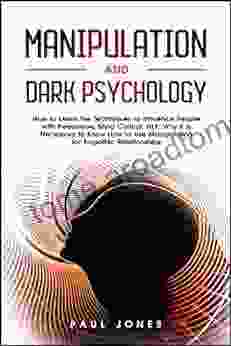
 Federico García LorcaUnveiling the Secrets of Manipulation and Dark Psychology: A Comprehensive...
Federico García LorcaUnveiling the Secrets of Manipulation and Dark Psychology: A Comprehensive...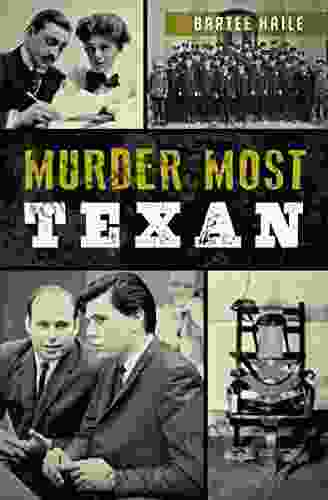
 Christopher WoodsMurder Most Texan: True Crime That Will Keep You on the Edge of Your Seat
Christopher WoodsMurder Most Texan: True Crime That Will Keep You on the Edge of Your Seat Jarrett BlairFollow ·19.9k
Jarrett BlairFollow ·19.9k Tony CarterFollow ·15.3k
Tony CarterFollow ·15.3k Chris ColemanFollow ·15.2k
Chris ColemanFollow ·15.2k Victor HugoFollow ·11.1k
Victor HugoFollow ·11.1k Jayden CoxFollow ·16.9k
Jayden CoxFollow ·16.9k Willie BlairFollow ·12.8k
Willie BlairFollow ·12.8k Henry GreenFollow ·2.8k
Henry GreenFollow ·2.8k John GrishamFollow ·19.6k
John GrishamFollow ·19.6k

 Corey Hayes
Corey HayesEasy Delicious Recipes To Heal The Immune System And...
: The Cornerstone...
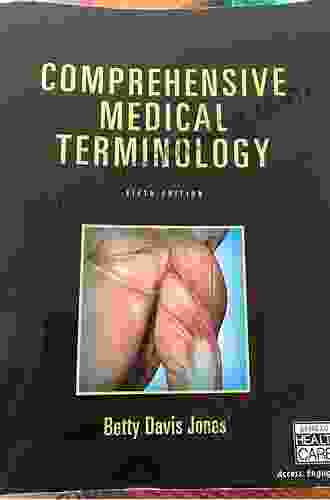
 Cody Russell
Cody RussellMastering Medical Terminology: A Comprehensive Guide for...
Navigating the...
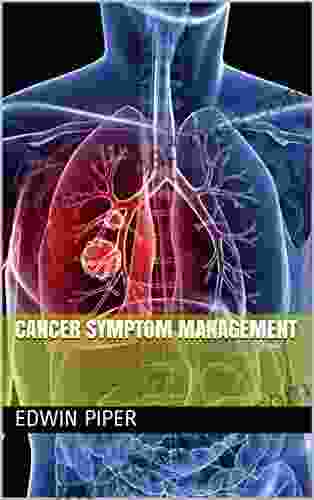
 Ibrahim Blair
Ibrahim BlairBeat Cancer Symptoms: Your Essential Guide to Symptom...
Are you struggling with the debilitating...
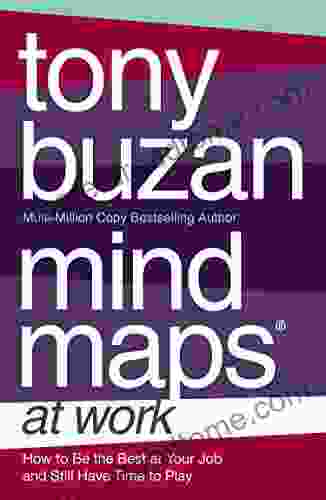
 Finn Cox
Finn CoxHow to Be the Best at Work and Still Have Time to Play:...
Are you tired...
4 out of 5
| Language | : | English |
| File size | : | 4411 KB |
| Text-to-Speech | : | Enabled |
| Screen Reader | : | Supported |
| Print length | : | 452 pages |


